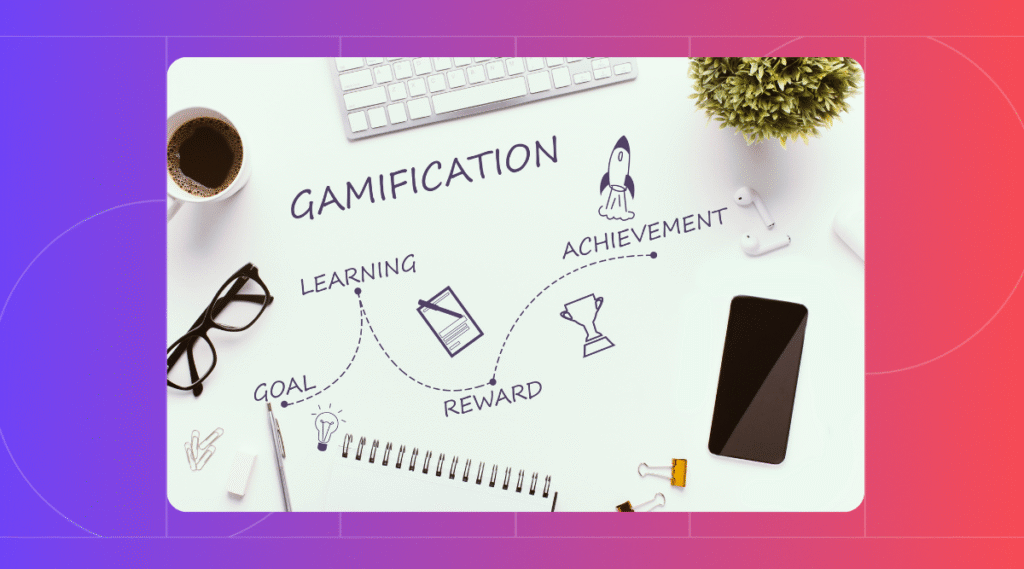Unlock Employee Motivation with Innovative Gamification Strategies
In today’s rapidly evolving workplace landscape, keeping employees motivated and engaged is critical. To maintain a competitive edge, organizations are turning to innovative gamification strategies for employee motivation. By integrating game-like elements into the workplace, companies can drive productivity, enhance engagement, and create a more dynamic work environment.
Understanding Employee Motivation
Before diving into innovative gamification strategies, it is essential to understand what drives employee motivation. Motivation is the force that influences performance, productivity, and job satisfaction. In general, employee motivation can be categorized into intrinsic and extrinsic motivation. Intrinsic motivation comes from within, such as a sense of purpose or personal fulfillment. On the other hand, extrinsic motivation is driven by external rewards like bonuses or recognition.
While extrinsic rewards can be effective in the short term, they often fail to sustain long-term motivation. In contrast, intrinsic motivation leads to more consistent performance and engagement. Therefore, understanding these motivational factors is key when designing gamification strategies.
Key Elements of Innovative Gamification Strategies
Implementing gamification in the workplace involves several important components. First, it is crucial to set clear goals and objectives that align with your company’s mission. This helps employees know what is expected of them. Next, create engaging challenges and activities that are relevant to employees’ roles. These challenges should provide opportunities for learning, growth, and skill development.
Another important element is providing real-time feedback and recognition. For instance, using badges, points, and leaderboards can reinforce positive behavior and encourage continued participation. Additionally, incorporating social interaction into gamification fosters a sense of community. Team challenges and peer recognition promote collaboration and support among employees.
Customization and personalization also play a big role. Allowing employees to personalize their gamification experience makes it more meaningful and engaging. Finally, track progress and analyze performance data to optimize gamification initiatives. This approach ensures that gamification strategies are impactful and aligned with organizational goals.
Best Practices for Implementing Gamification
Successfully implementing gamification requires careful planning. First, gain support from leadership to ensure alignment and resource allocation. Next, involve employees in the design process. Gathering feedback and conducting pilot tests can help tailor gamification to meet employees’ needs. It is also important to provide training and support to ensure everyone understands the gamification tools and platforms.
Transparency and fairness are critical. Make sure rules and criteria are clearly communicated. Avoid any bias in reward structures. Regular monitoring and adjustments based on feedback keep gamification initiatives fresh and effective. Celebrate successes to encourage continued participation and reinforce positive behavior.
Measuring the Impact of Gamification
To ensure that gamification is effective, it is essential to measure its impact. Track metrics such as engagement levels, performance improvements, and employee feedback. For example, higher participation rates indicate increased interest among employees. Similarly, improvements in key performance indicators (KPIs) can highlight the positive effects of gamification.
Evaluating retention rates can also show whether gamification contributes to employee satisfaction. Collecting feedback through surveys and focus groups provides insights into how gamification is perceived. Use this data to refine and optimize gamification strategies for better results.
Empowering Workplaces with Gamification
Innovative gamification strategies have the power to transform employee motivation and engagement. By incorporating game-like elements into everyday work tasks, organizations can create a more dynamic and rewarding environment. With careful planning, employee involvement, and continuous evaluation, gamification can be a powerful tool to drive motivation and performance in the workplace.
